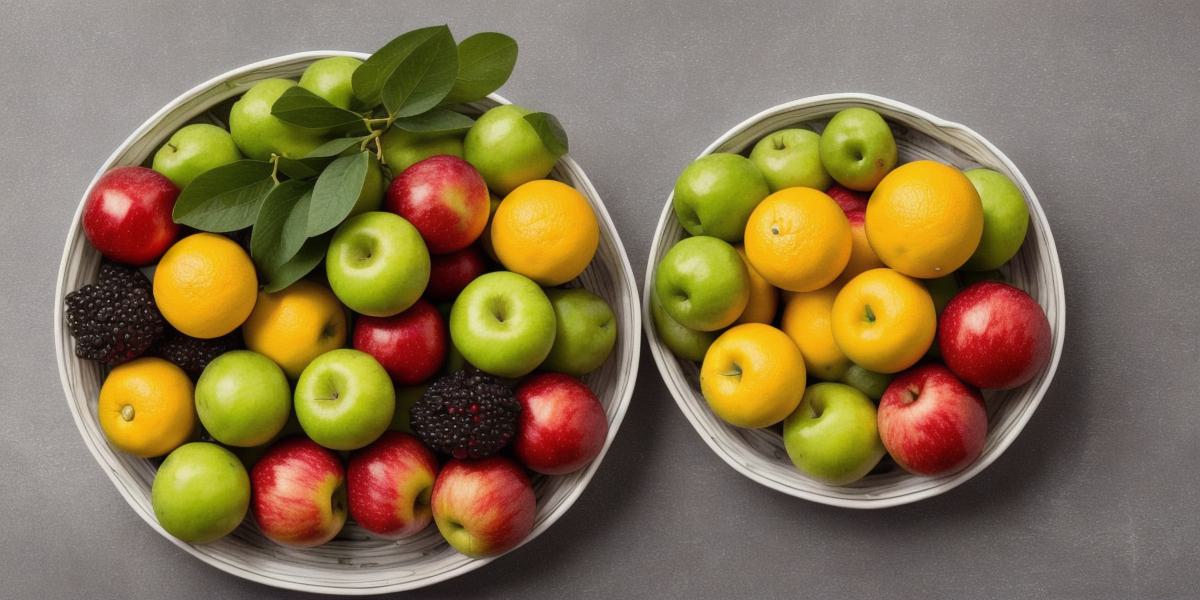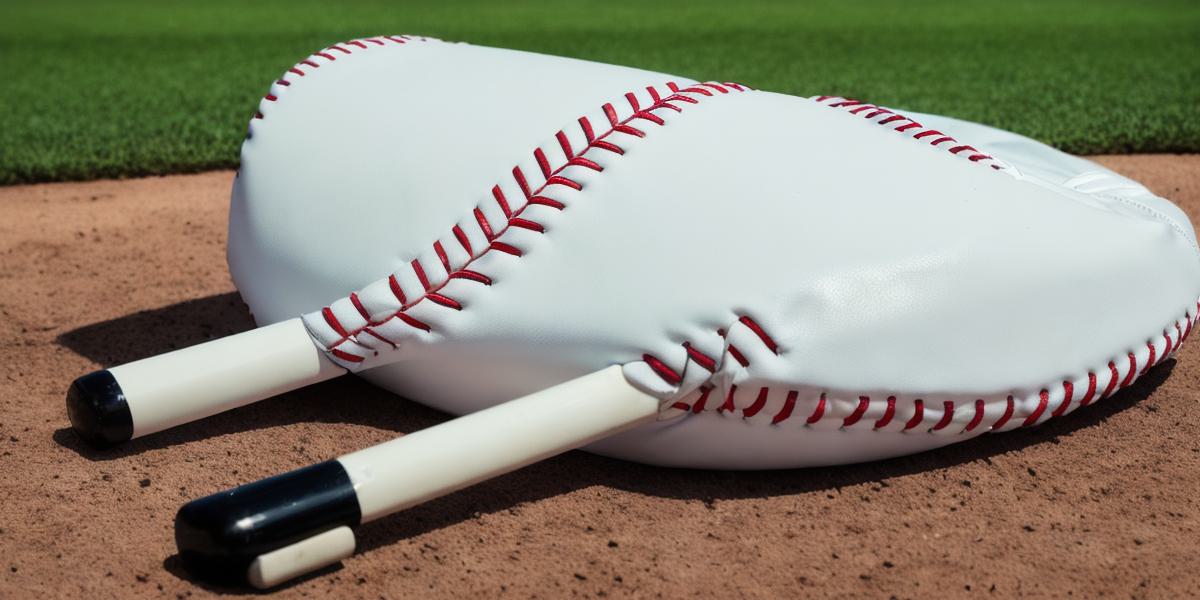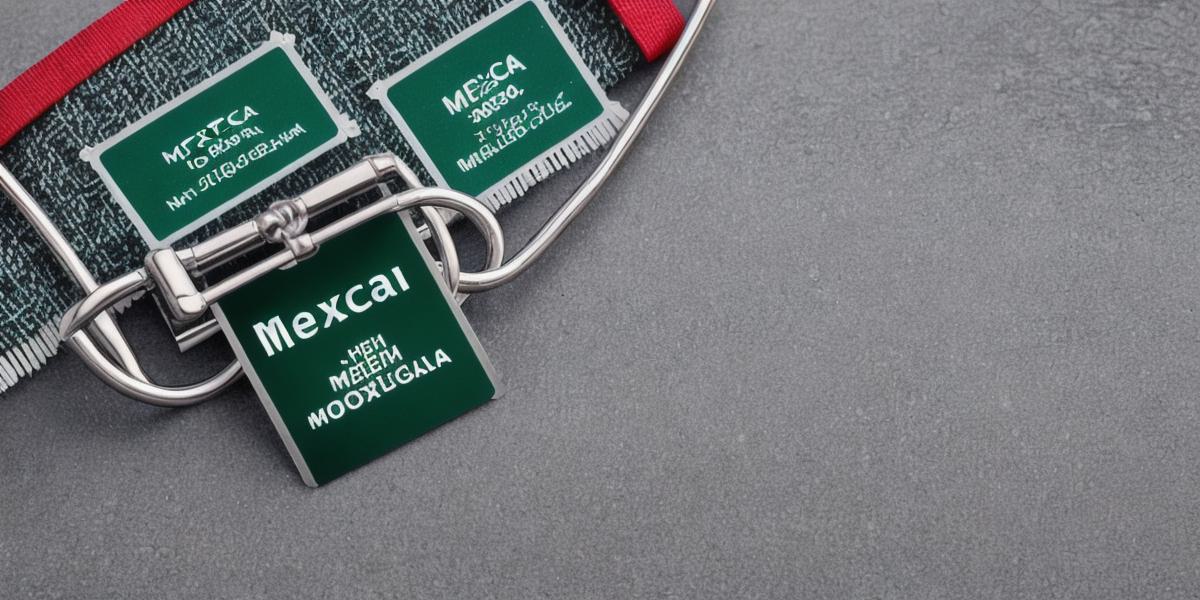Introduction:
In data analysis, it’s common to encounter categorical variables that cannot be represented numerically. However, these variables can still provide valuable insights when converted into numerical values. In this article, we will explore how to convert a categorical variable into a numerical variable using R. We will also discuss the benefits and limitations of converting categorical variables and provide some tips on how to do it effectively.
Benefits of Numerical Variables:
Numerical variables are preferred in data analysis because they are easily comparable, can be subjected to statistical tests, and can be used in regression models. However, categorical variables often contain valuable information that cannot be captured by numerical values. By converting these variables into numerical form, we can analyze them alongside other numerical variables and gain a more comprehensive understanding of our data.
Common Categorical Variables:
Categorical variables can take on many forms, such as ordinal (ranked), nominal (unordered), binary (yes/no), and factor (categorical variable that is represented numerically). Examples of these variables include gender (nominal), age (ordinal), education level (factor), and income bracket (binary).
Choosing the Right Conversion Method:

When converting a categorical variable into a numerical variable, it’s important to choose the right method. One common method is called one-hot encoding, where each category is represented as a binary variable with a value of 1 or 0. For example, if we have a gender variable with categories "male" and "female," we would create two binary variables, "gender_male" and "gender_female," with values of 1 for male and 0 for female.
Another method is called label encoding, where each category is assigned a numerical value based on its position in the set. For example, if we have an income bracket variable with categories "low," "medium," and "high," we would assign numerical values of 1, 2, and 3 respectively, with "low" being 1, "medium" being 2, and "high" being 3.
Using Case Studies:
Let’s consider a real-life example to illustrate how to convert a categorical variable into a numerical variable using R. Suppose we have a dataset containing information about customers of an online retail store. One of the variables in our dataset is "product_category," which contains the following categories: "electronics," "clothing," "home goods," and "toys."
We want to analyze the relationship between product category and customer spending. However, we need to convert this categorical variable into a numerical variable before we can do any statistical analysis or regression modeling. We can use one-hot encoding to represent each category as a binary variable:
<h2>library(dplyr)</h2>
Convert categorical variable into binary variables
<h2>df <- df %>% </h2>
mutate(product_category factor(product_category)) %>%
unnest_tokens(word, product_category) %>%
mutate(product_category ifelse(word "electronics", 1, 0)) %>%
mutate(product_category ifelse(word "clothing", 2, ifelse(word "home goods", 3, 4))) %>%
gather(key product_category, value value) %>%
group_by(product_category) %>%
summarise(product_category as.numeric(product_category))In this example, we first convert the categorical variable "product_category" into a factor using the mutate() function from the dplyr package.



